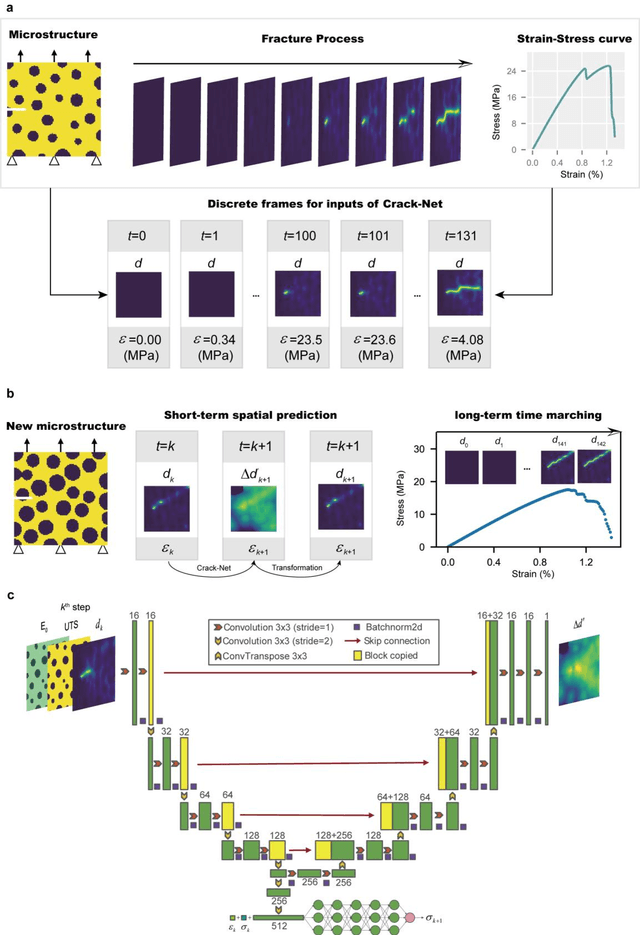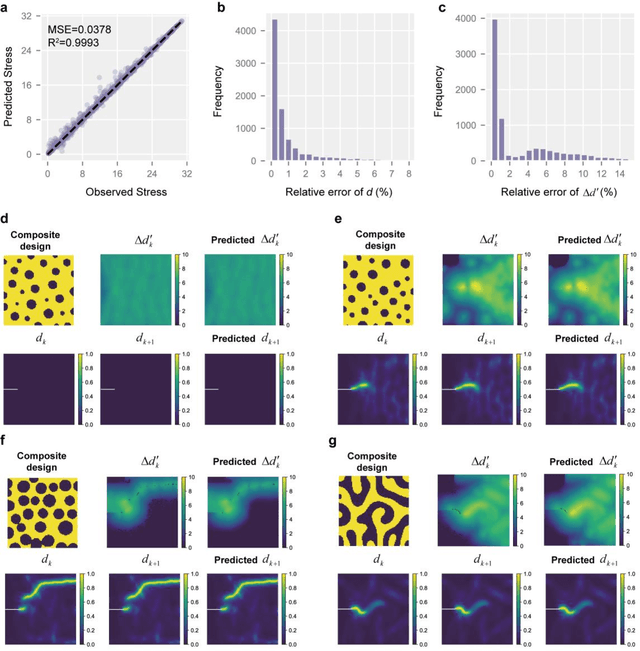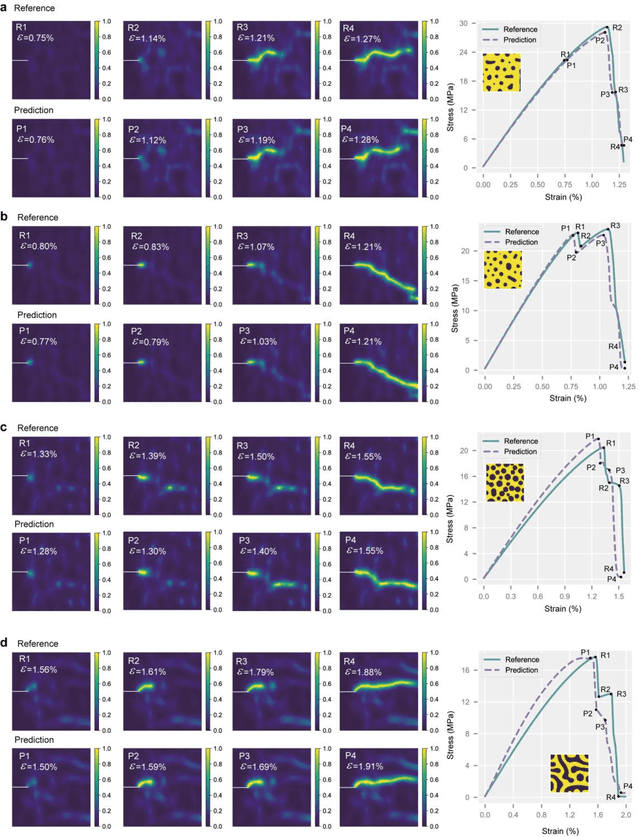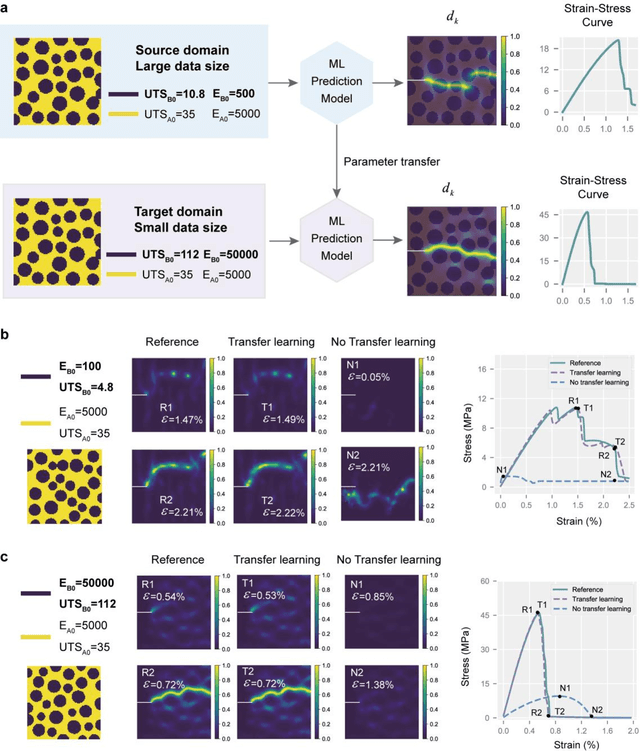Rundong Shi
Calibrating the Confidence of Large Language Models by Eliciting Fidelity
Apr 03, 2024



Abstract:Large language models optimized with techniques like RLHF have achieved good alignment in being helpful and harmless. However, post-alignment, these language models often exhibit overconfidence, where the expressed confidence does not accurately calibrate with their correctness rate. In this paper, we decompose the language model confidence into the \textit{Uncertainty} about the question and the \textit{Fidelity} to the answer generated by language models. Then, we propose a plug-and-play method to estimate the confidence of language models. Our method has shown good calibration performance by conducting experiments with 6 RLHF-LMs on four MCQA datasets. Moreover, we propose two novel metrics, IPR and CE, to evaluate the calibration of the model, and we have conducted a detailed discussion on \textit{Truly Well-Calibrated Confidence}. Our method could serve as a strong baseline, and we hope that this work will provide some insights into the model confidence calibration.
Crack-Net: Prediction of Crack Propagation in Composites
Sep 24, 2023



Abstract:Computational solid mechanics has become an indispensable approach in engineering, and numerical investigation of fracture in composites is essential as composites are widely used in structural applications. Crack evolution in composites is the bridge to elucidate the relationship between the microstructure and fracture performance, but crack-based finite element methods are computationally expensive and time-consuming, limiting their application in computation-intensive scenarios. Here we propose a deep learning framework called Crack-Net, which incorporates the relationship between crack evolution and stress response to predict the fracture process in composites. Trained on a high-precision fracture development dataset generated using the phase field method, Crack-Net demonstrates a remarkable capability to accurately forecast the long-term evolution of crack growth patterns and the stress-strain curve for a given composite design. The Crack-Net captures the essential principle of crack growth, which enables it to handle more complex microstructures such as binary co-continuous structures. Moreover, transfer learning is adopted to further improve the generalization ability of Crack-Net for composite materials with reinforcements of different strengths. The proposed Crack-Net holds great promise for practical applications in engineering and materials science, in which accurate and efficient fracture prediction is crucial for optimizing material performance and microstructural design.
 Add to Chrome
Add to Chrome Add to Firefox
Add to Firefox Add to Edge
Add to Edge